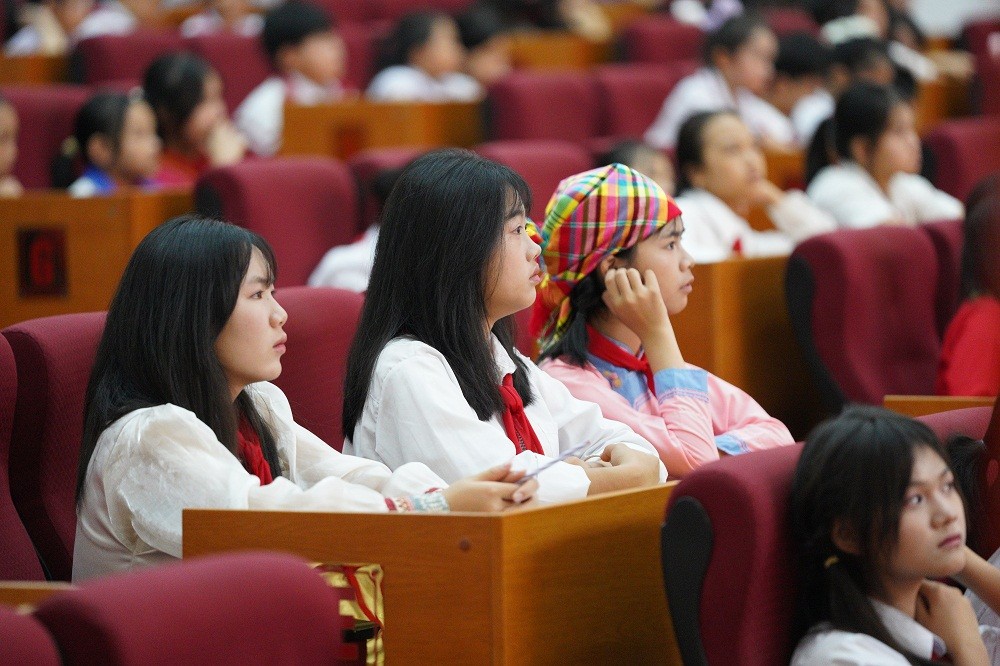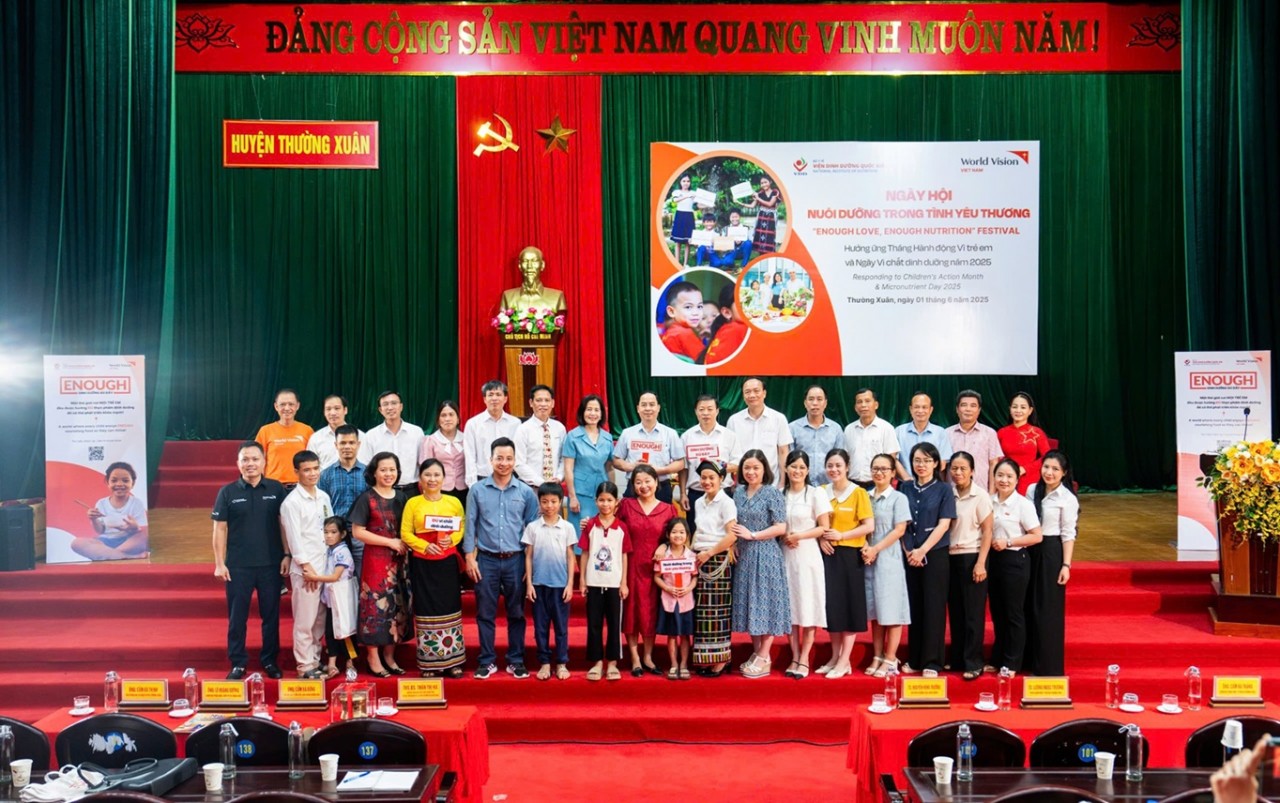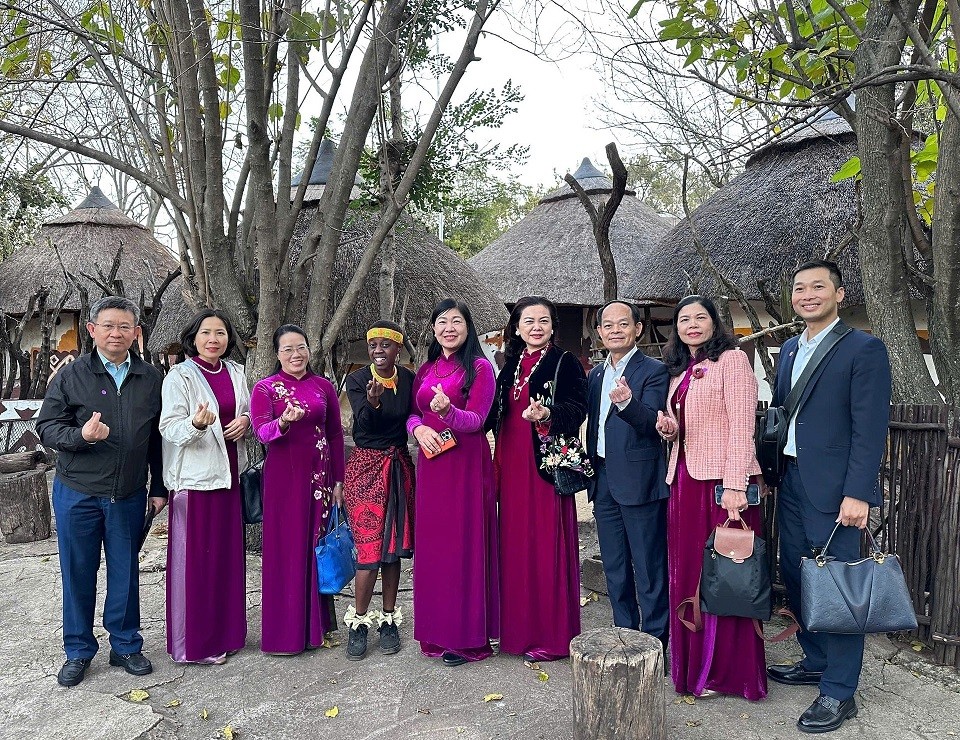Thai Binh’s Keo Pagoda festival recognised national cultural heritage
(VNF) - Vu Thu district in the northern province of Thai Binh held a ceremony on October 29th to begin Keo Pagoda festival and receive a certificate recognising it as national intangible cultural heritage.
 |
Keo Pagoda festival receives a certificate recognising it as national intangible cultural heritage. (Source: dantri.com.vn)
The festival is held annually from the 10th to 15th day of the ninth lunar month to honour Zen Master Khong Lo (1016-1094) – founder of the Keo Pagoda, a spiritual, cultural and religious site constructed to serve the needs of domestic and foreign tourism and cultural sightseeing.
It features religious rituals and communal activities such as Buddhist offerings, palanquin parades, love duet singing on boats, and folk games.
Together with a rich persity of folk acts, Keo Festival lasts through three continuous days with great buzz and hustle. Also, it clearly illustrates the residents’ lifestyle at the riverside area of Duy Nhat Commune and sharply depicts the agricultural culture of Vietnam’s Northern Delta with its most vivid color.
Speaking at the event, Deputy Minister of Culture, Sports and Tourism Dang Thi Bich Lien asked Thai Binh province to complete a project to preserve and develop the festival.
The relic site management board and Vu Thu district authorities were asked to ensure safety and order for the festival and promote its values to visitors.
 |
Buddhist offerings - a ritual of Keo Pagoda festival. (Source: VNA)
Keo pagoda was founded in 1061. After it was swept away by a flood in 1611, the pagoda was rebuilt in 1632 and most of its architectural features, including 17 structures with 128 rooms, remain until today.
Just over 130 km from the capital Hanoi, the Keo Pagoda is an ancient building with more rooms than any other pagoda in Vietnam.
There are two passages which separate the pagoda from the temple. They are designed with curved roofs that join together at the 11.04m-high iron and wood bell tower.
The tower has three storeys, each of which possesses its own tiled roof and bronze bell.
The 58,000 m2 pagoda is home to a wealth of ancient artifacts, which range from intricately engraved wooden dragons to a collection of over 100 statues. In 2012, it was recognised as a national special relic site. In 2012, it was recognised as a national special relic site.
In addition to the autumn festival, another spring festival takes place here annually on the 4th day of the first lunar month.
The pagoda attracts more than 2,500 visitors to Thai Binh every year./
VNF/VNA
Recommended
 Viet's Home
Viet's Home
Lai Chau National Assembly, People's Council Delegates Hold Dialogue with Children
 Viet's Home
Viet's Home
24 Children with Disabilities in Northern Provinces Received Free Surgery
 Viet's Home
Viet's Home
World Vision Promotes Comprehensive Nutritional Care for Vietnamese Children
 Viet's Home
Viet's Home
Hanoi, South Africa Strengthens People-to-people Exchanges, Expands Multi-sector Cooperation
Popular article
 Viet's Home
Viet's Home
Hue City to Raise Awareness on Mine Accident Prevention
 Focus
Focus
Vietnam Leaves Imprints on the World Peacekeeping Map
 Viet's Home
Viet's Home
“Global Vietnamese Singing 2025” - Connecting Hearts Longing for Homeland
 Viet's Home
Viet's Home



